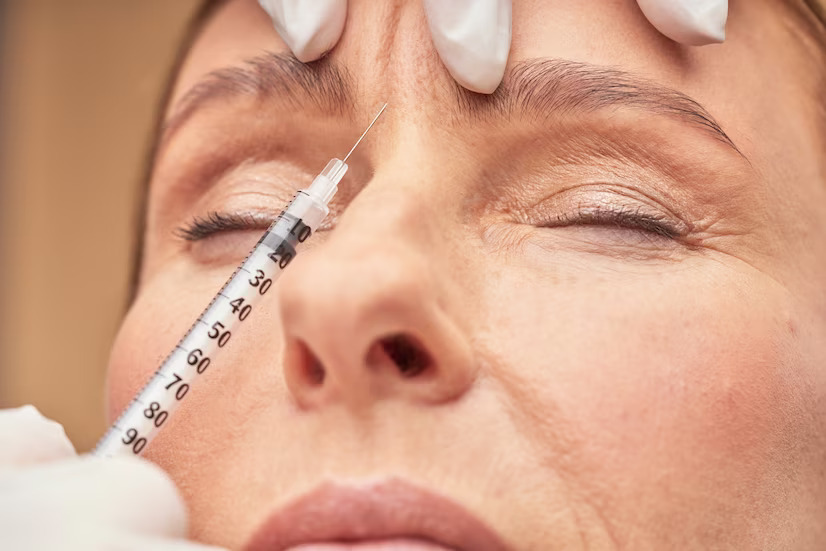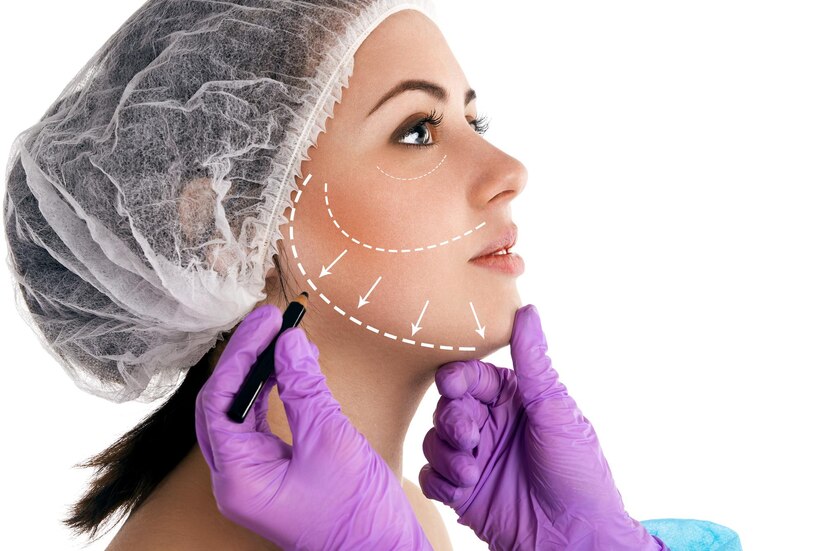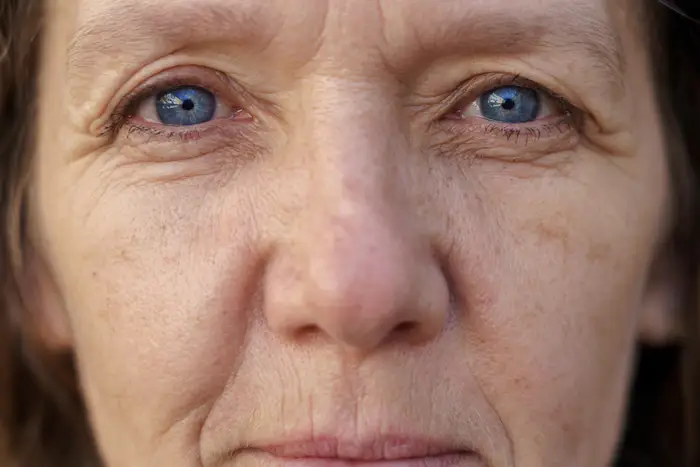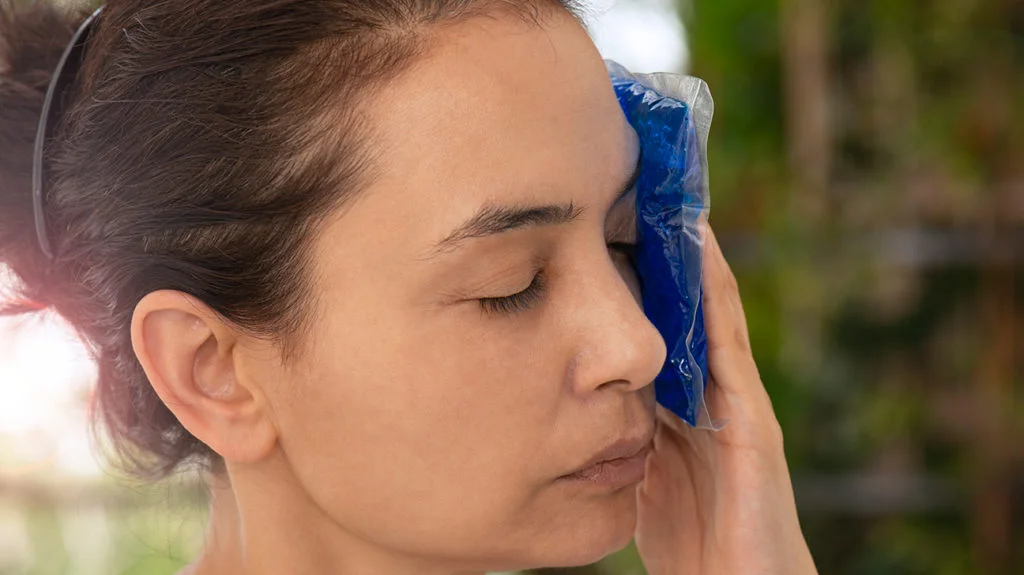- About Us
- Treatments
Skin Treatments
MenuMenuHair Treatments
MenuBody Treatments
Menu - Procedures
Aesthetics
MenuCosmetic Surgery
Menu - Training
- Products
- Gallery
- Contact Us
During the procedure, the injections are administered into targeted muscle locations using a fine microneedle. The neurotoxic protein relaxes the muscles and blocks nerve signals, resulting in fewer lines and wrinkles. The most common areas for treatment include crow’s feet, horizontal forehead lines, and frown lines.
Results can be seen within 5-10 days and typically last for 3-6 months. However, it is advisable not to get treatments too frequently to prevent the development of antibodies that may reduce treatment effectiveness.


After the treatment, improvements may be visible in 2-3 days, with complete results appearing in 2-3 weeks. Patients are encouraged to keep the target muscles active for a few hours after the procedure. Anti-wrinkle injections are considered safe, painless, and require no downtime, allowing patients to resume their regular activities immediately.
The effects of anti-wrinkle injections typically last 3-4 months. To maintain the results, patients may choose to re-treat the area every 3 months. If treatment is discontinued, the treated area will gradually revert to its previous state.


Anti-wrinkle injections are effective in treating wrinkles caused by repetitive muscle movements, such as forehead lines, lines around the eyes, the bridge of the nose, between the brows, corners of the mouth, and the neck. Additionally, they can be used for non-surgical brow lifts, managing migraines, reducing a gummy smile, slimming the face, and controlling excessive sweating.
While both treatments are popular non-surgical anti-aging options, they address different concerns with distinct mechanisms of action. Anti-wrinkle injections block nerve signals temporarily to reduce wrinkles caused by muscle contraction, while dermal fillers add hydration and volume to areas beneath the skin to reduce fine lines and deep folds caused by age-related fat loss.


Ideal candidates for anti-wrinkle injections should be in good overall health, without bleeding or clotting problems, and have realistic expectations for the treatment. The ideal age for this treatment is 18 years or above.
After the procedure, patients should protect the treated area from extreme heat and apply sunscreen regularly as per the dermatologist’s instructions. Alcohol and smoking should be avoided for a few days, and the treated area should not be subjected to bleaching creams or other beauty treatments. In case of severe swelling, applying ice on the area is recommended, and patients should avoid rubbing the treated area.

Book An Appointment